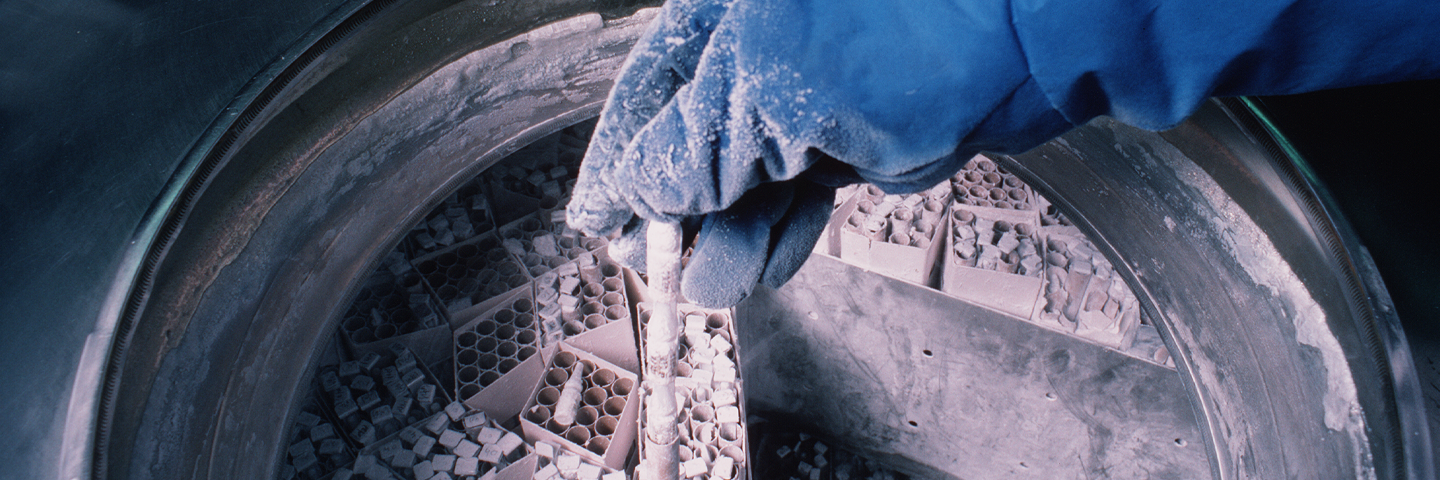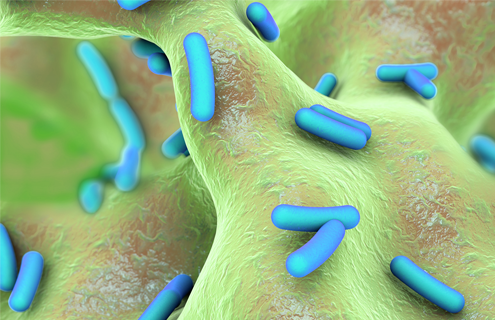
Subculturing Monolayer Cells
Successfully reviving cells from cryopreservation is one of the critical steps needed to ensure unambiguous experimental results in basic biological research such as cancer research and industrial processes such as vaccine production.
Most cell cultures are stored at temperatures below -130°C. To achieve conditions for prolonged storage, the standard procedure for cryopreservation is to freeze cells slowly in a rate controlled freezing container until they reach a temperature below -70°C in medium that includes a cryoprotectant. Vials are transferred to a liquid-nitrogen freezer to maintain them at temperatures below -130°C.
The subsequent recovery of cryopreserved cells is straightforward: Cells are thawed rapidly in a water bath at 37°C, removed from the freeze-medium by gentle centrifugation and/or diluted with growth medium, and seeded in a culture vessel in complete growth medium.
It is important to note that there are numerous factors which affect the viability of recovered cells. Some of the critical parameters for optimization include the composition of the freeze medium, the growth phase of the culture, the stage of the cell in the cell cycle, and the number and concentration of cells within the freezing solution. Modification of each cell line’s procedure can help you attain optimal cell viability upon recovery.
Another point to consider is that, while cells grown in monolayers can be recovered from cryopreservation in multiwell plates, the results are not as consistent as with flasks. Additionally, some cell lines such as hybridoma cultures take several days before they fully recover from cryopreservation. For example, these hybridomas show low viability on the first day in culture and will generate cellular debris. The viability for most cells declines and reaches a nadir at 24 hours post-thaw.
Most, if not all, of this decline appears to be due to apoptosis (as opposed to necrosis) induced by the stress of the cryopreservation process. After this time point, cells begin to recover and enter exponential growth.
For more information consult one of ATCC’s free Cell Culture Guides
Best Practices for Cell Culture
In this webinar, we tap into that vast experience and share the best practices for culturing cells that ensure optimal results and performance. The information delivered in this webinar covers all aspects of successful cell culture, including culture initiation, expansion, authentication, and cryopreservation.
Watch the VideoSTR Profiling for Mouse Cell Lines
While the authentication of human cell lines has been addressed with STR profiling, up until now the validation of mouse cell lines has been limited at the species level. Watch our on-demand webinar to explore the development of a new STR profiling method for the authentication of mouse cell lines.
Watch the Webinar
Don't Risk Your Data
Misidentified and contaminated cell lines undermine your experimental results and discredit preclinical studies. Your research is too important to risk. Be a part of the movement to raise credibility in science and order your cell line authentication and mycoplasma testing services today.
Check your cells